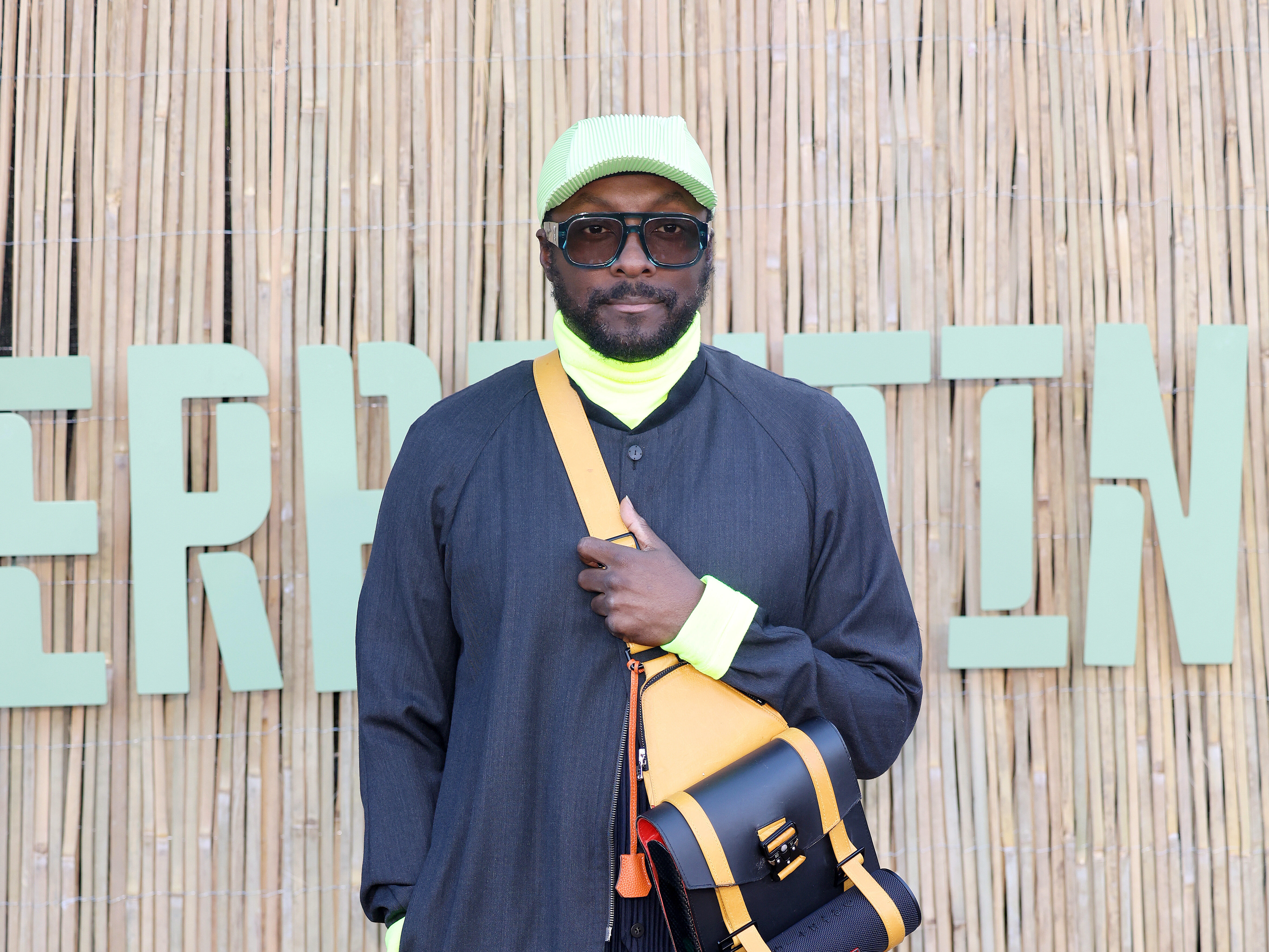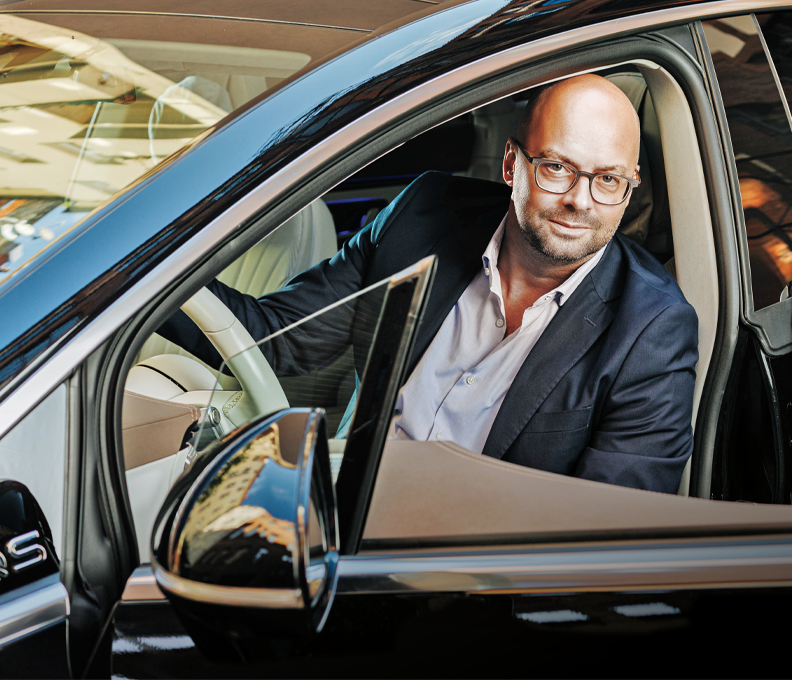Can Diversity Reshape the Wine Industry? These Trailblazers Think So
How pioneering Black winemakers are changing the industry—and reaching a new audience
February 20, 2025
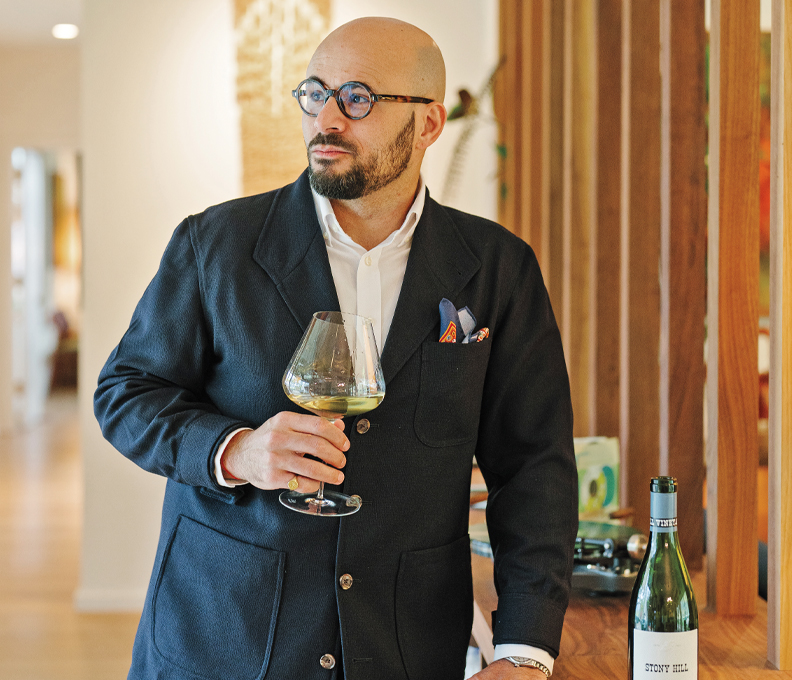
Carlton McCoy, CEO of Heitz Cellar and Lawrence Wine Estates / Photo: Courtesy of Mike Battey
Carlton McCoy would prefer not to be defined by his race. After all, the Washington, D.C., native’s achievements—he became a Master Sommelier before age 30, and CEO of Lawrence Wine Estates and Heitz Cellar before 40—would be impressive regardless of his skin color. On the other hand, he acknowledges that his position as a leader in the wine industry carries extra weight because he’s Black.
“I remember the first time I saw a Black person in a Tide commercial,” McCoy says. “You go, Whoa, that whole time I never saw myself in that. And you start realizing that, when you achieve something—especially in a public light, where I am—it empowers other people to feel that it’s possible.”
Breaking Barriers
Wine can be intimidating regardless of one’s background—think back to the first time you looked at a restaurant wine list—but the industry remains especially daunting to people of color. Only two percent of wine professionals and 11 percent of wine drinkers identify as Black.
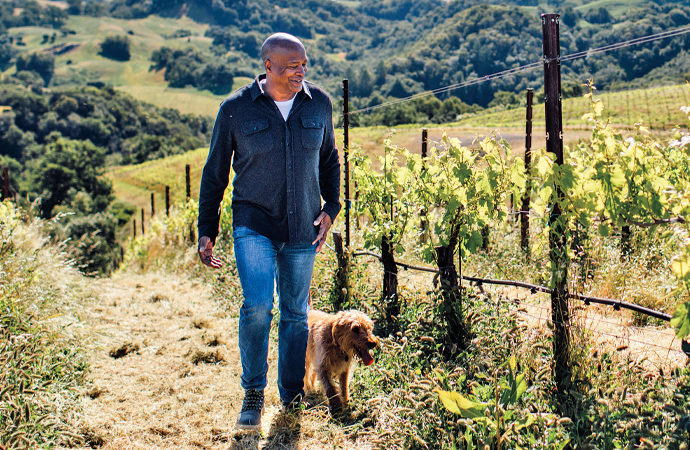
Overshine founder David Drummond / Photo: Courtesy of Joshua Harding
There are, however, a growing number of Black winemakers and winery owners who are opening more inclusive hospitality spaces and helping to create career opportunities in the industry.
From Passion to Business
Take McCoy, who in 2020 cofounded The Roots Fund, an organization that introduces people of color to the business and provides educational scholarships. “It’s a weird industry where there isn’t a clear path,” he says, “so we try to connect with communities and educate them on what the opportunities are.
The first step is communicating verbally and visually that you’re welcome, that we want you here.” While McCoy got into the food and wine business early (he cooked for his grandmother’s catering business as a teenager and later worked at fine-dining restaurants including Per Se), some of his fellow pioneers came from different industries—although those weren’t necessarily diverse, either.
“I spent 30 years often being the only person who looked like me in a room,” says David Drummond, a former senior vice president at Google who founded the winery Overshine last year. Drummond fell in love with wine during his years as a lawyer and executive, and in 2018 he bought the Las Cimas Vineyard in Sonoma County. After meeting Sam Bilbro and Thomas DeBiase of Healdsburg’s Idlewild Wines, he decided to use the Las Cimas fruit in his own bottlings. (The trio now collaborates on three brands: Overshine, Idlewild and Comunità.)
While he wasn’t intimidated by the prospect of getting into the wine business, Drummond says he sees how a person of color could be. “When I was learning more about the industry,” he says, “one of the things that kept coming up was a pretty established winemaker saying, ‘I just came out to California and knocked on doors and asked people, You need an intern?’ And it occurred to me, most people of color, most women, would not do that. Once you see more people with a similar background, it empowers you to think, This is attainable.”
Creating Inclusive Spaces in Wine
Part of the disconnect, historically, is cultural. McCoy and Drummond didn’t come from wine-drinking households. Neither did Deneen Brown, the CEO of Brown Estate, the first Black-owned estate winery in Napa Valley. Brown’s parents, who spent their careers in the medical field, didn’t aspire to make wine. They just wanted to own a family farm, and in 1980 they happened to fall in love with a property in Napa. So they grew grapes. The Browns sold that fruit to winemakers—until they realized how good it was.

Brown Estate CEO Deneen Brown / Photo: Courtesy of Brown Estate
“One of our buyers, a famous person, was keeping our fruit separate for a very special bottling,” Brown remembers. Not long after that revelation, her brother began using those estate grapes to make his own zinfandel, which garnered impressive scores from Wine Spectator. This year, Brown Estate will mark its 30th crush, and the family has founded a second brand, House of Brown, and opened a tasting room in downtown Napa.
Speaking of hospitality spaces, they play a huge part in making wine appealing to a new audience. Drummond, whose brother is a jazz musician, has a soul music playlist going in Overshine’s Healdsburg tasting room. “We wanted to really draw on that feeling of, You’re having wine, you’re with friends, you want to have a good time, you want to hear some music that you feel connected to,” he says.
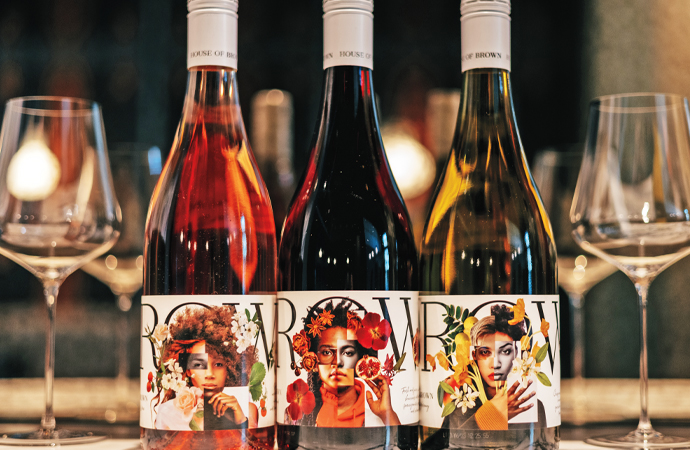
House of Brown wines / Photo: Courtesy of Brown Estate
Brown agrees that spaces should be inclusive, but she doesn’t believe wineries should focus on any one demographic. “This diverse, younger consumer that everyone’s talking about has been way ahead of the industry,” she observes. “They’ve been drinking wine and seeking it out. We’ve just created a place that’s welcoming to anybody.”
Inclusivity is noble, but it’s also practical: Making a product more accessible means bringing in more customers. McCoy, for one, believes this is already happening.
“We’re now seeing a very different identity of wine consumer,” he says. “The idea that there was a certain look to a person who drank wine, talked about wine—it’s changing dramatically now. And that makes for a much more exciting industry.”
he says.

